Are prisons really helping reduce crime?
November 9, 2018
By RACHEL PLACEWAY
The Mirror reporter
Americans have a knack for incriminating a mass number of citizens, and a great deal has little to do with crime rates.
Recent statistics indicate that the United States has the highest incarceration rate in the world at approximately 25 percent, even though the U.S. makes up only five percent of the world’s total population.
This makes people wonder: What is the actual purpose of the U.S. prison system and does it really help decrease crime rates? Or are we just locking away the people who don’t fit into a cookie cutter society?
The U.S. prison system needs to be reformed for moral and financial reasons.
Most prisons are overcrowded and poorly supervised, resulting in the neglect of the inmates’ personal growth. Personal growth is vital to help a person better their future. By neglecting the responsibility to reform criminals into model citizens there is no point in imprisoning them if they continue to act deviant upon release.
Financially, the average cost of operating a prison is about $81 million. The cost of locking up an enormous number of people is astounding. In Pennsylvania, the cost is over $40,000 per prisoner per year. Even though money is going toward ‘improving’ prisons, there is not much work being done to decrease the amount of recidivism.
Like any political issue, an opposition exists that hinders the progress to change the problem.
A conflict arises between individuals who believe prisons should be used to punish criminals for their crimes and to ensure public safety, not for the personal growth of the inmates.
For these people, a prison’s sole purpose is to treat convicts as people who will never change their actions or behavior which means the inmate should be supervised 24/7 and their acts should be controlled.
Despite the fact that prisons keep criminals off the streets, it is easy to ignore the personal welfare of the person once they are locked up.
Inmates are often abused by guards and other prisoners. This constant abuse leads to rebellion and actions that hurt the internal growth of the inmate.
When released ex-prisoners face many obstacles and are less likely to find steady employment.
Introducing learning opportunities for inmates, while they are serving their time, helps them gain skills for when they are released. As a result, they would be able to find employment and work for money which would reduce recidivism. Ex-prisoners could become productive, law-abiding citizens to society.
According to Forbes, Congress recently passed the First Step Act, “which aims to better prepare inmates to reenter society by incentivizing participation in drug-treatment and job-training programs … allow nonviolent offenders who earn ‘good-time credits’ to serve the final days of their sentences in halfway houses or home confinement.”
In addition, decreasing the number of repeat offenders would reduce the amount of taxpayer money that is spent on prisons.
The process to reform American prisons has been slow and challenging and if people want to see a change in the broken prison system, then more action needs to be taken.
- Pavlo, Walter. “The First Step In Prison Reform Should Be Real Reform, ‘First Step’ Is Not It.” Forbes, Forbes Magazine, 29 May 2018, forbes.com/sites/walterpavlo/2018/05/28/the-first-step-in-prison-reform-should-be-real-reform-first-step-is-not-it/#1a31a81c4366.
- “Reforming Prisons.”Philadelphia Inquirer, 23 Sep. 2018, pp. C.4. SIRS Issues Researcher, https://sks.sirs.com.
- Tisby, Jemar. “‘the most Powerful People in the System’.”Sojourners, Aug. 2018, pp. 24-29. SIRS Issues Researcher,https://sks.sirs.com.

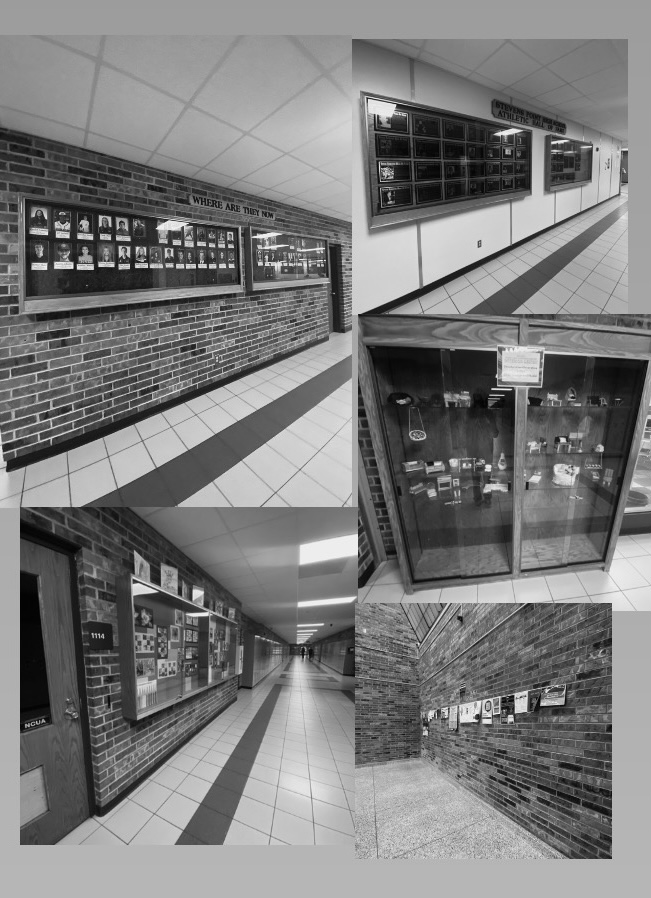
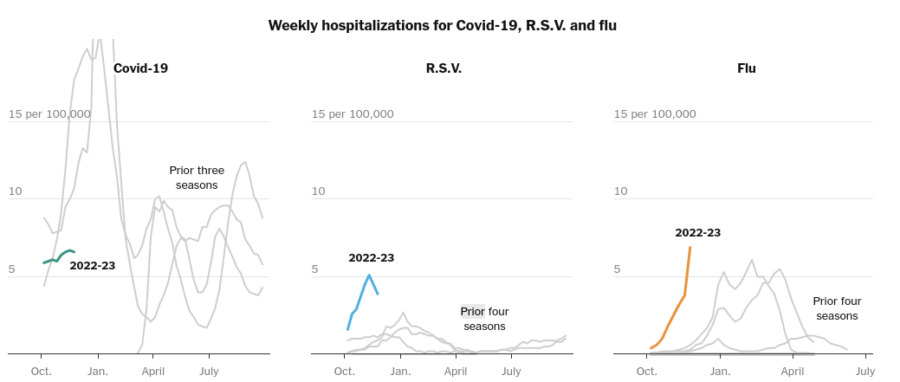

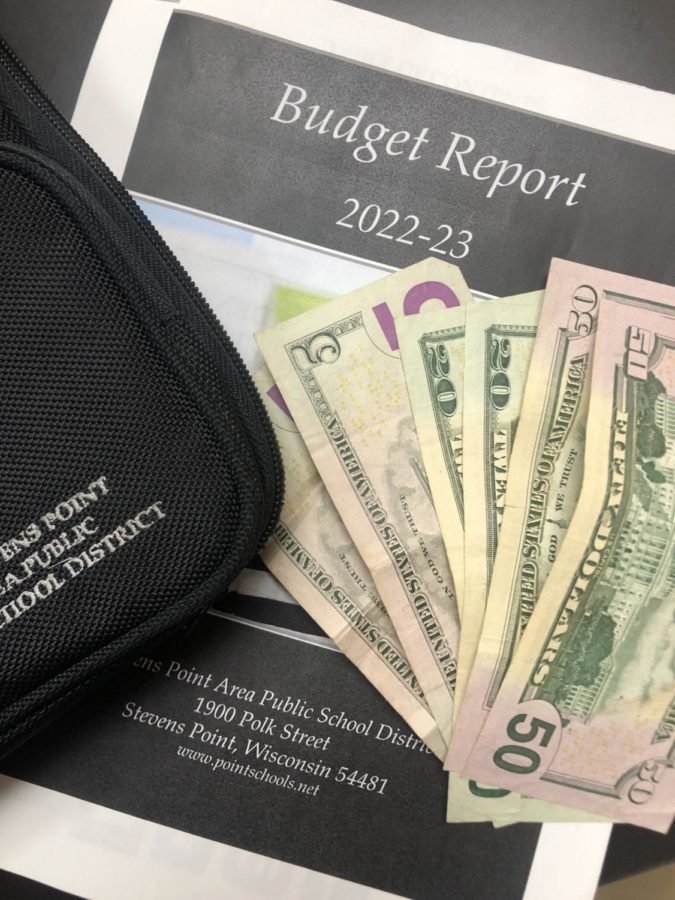

















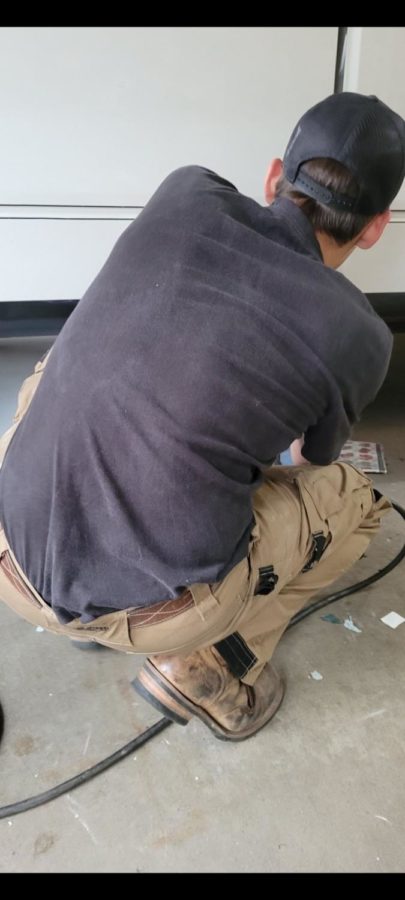



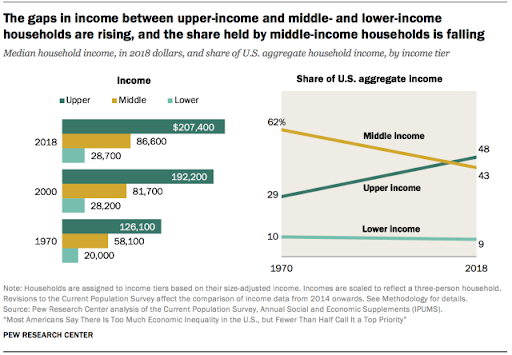




























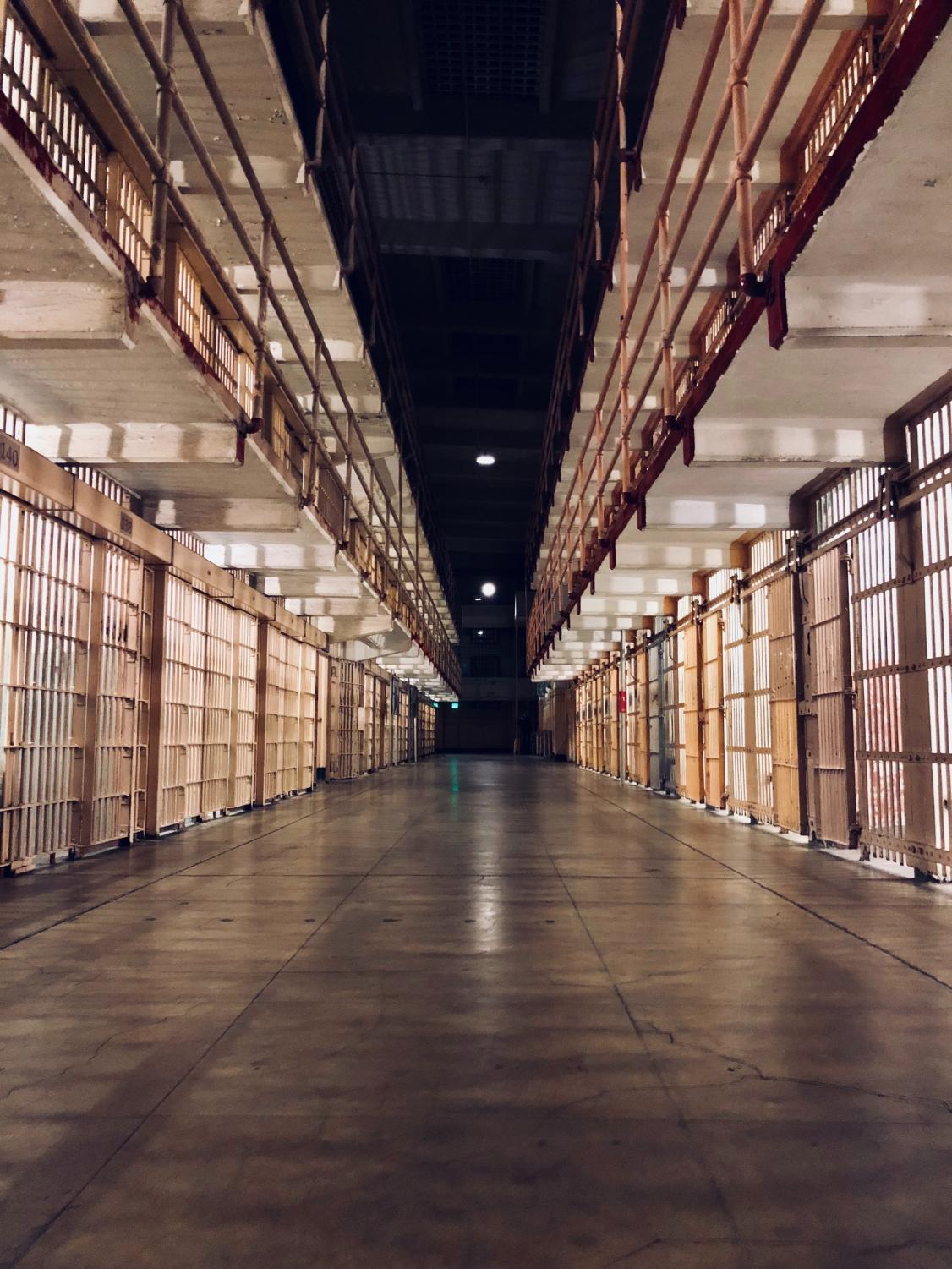



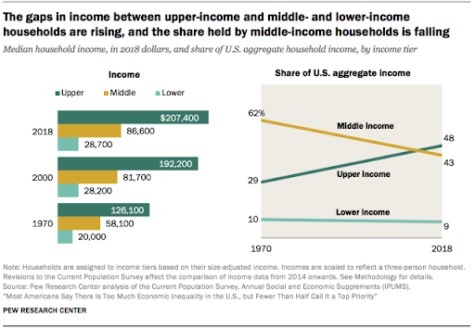

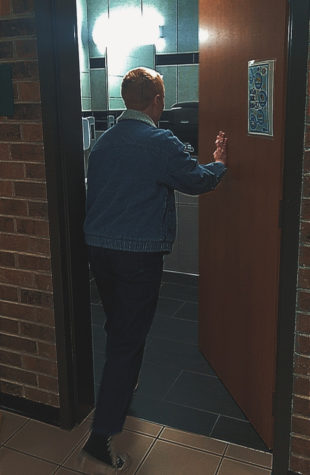

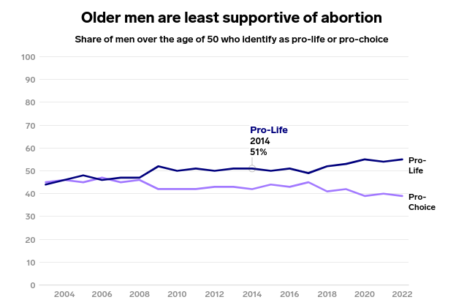
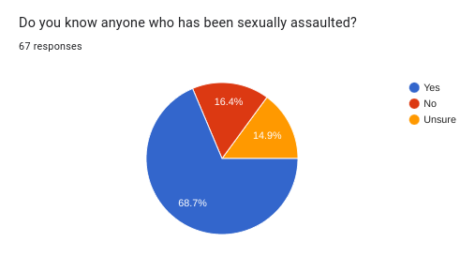
Soren Luther • Nov 18, 2018 at 7:58 PM
Great job! I agree that things should be done in order to help reduce crime and to help the ones struggling in life. People who committed crimes should be helped so that they don’t commit a crime again in the future.
Hlee • Nov 16, 2018 at 12:42 PM
Great job on the story, your stories are always really well done. This is definitely a problem that we need to fix.
Lauren Huebner • Nov 16, 2018 at 11:18 AM
Very nicely written Rachel. I agree that prisons should do more to help inmates after their sentences are done. I feel the reason we have so many repeat offenders is that they get removed from society. When in prison they aren’t treated like people so when they get out, they don’t know how to act and go back to what landed them in jail in the first place.
Justice Chukwuemeka • Nov 16, 2018 at 11:11 AM
Your articles are always wonderfully written. The fact that an individual is in prison is enough punishment, and prisons should work toward the betterment of the inmates.
Willow • Nov 16, 2018 at 11:10 AM
Wonderful article. Opportunity for inmates while in prison would be beneficial for when they get out. They could even possibly find a job and stay out of prison for good.
Madison Rindahl • Nov 14, 2018 at 11:29 AM
Great job Rachel! I think this topic needs to be talked about more. I think giving them opportunities while they are in prison would be very beneficial.